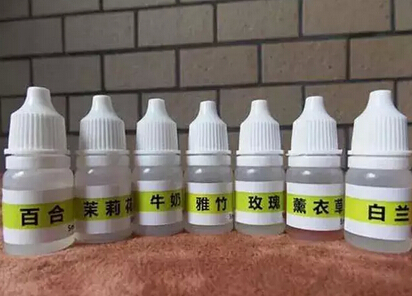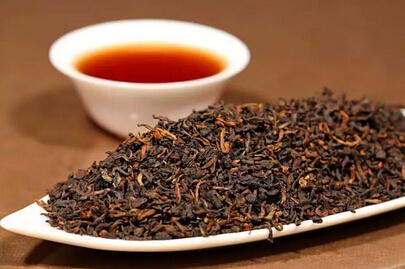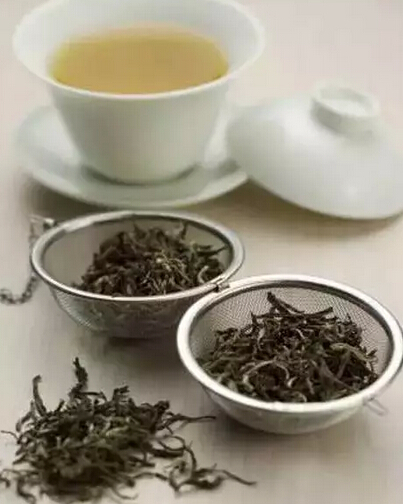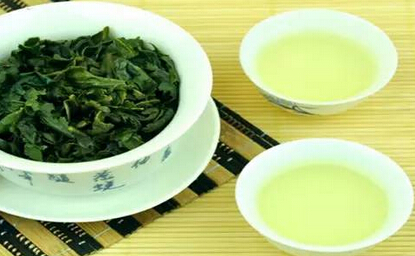Nowadays, more and more people enjoy drinking tea, and the selection of tea leaves has become a matter of great consideration. However, the market is flooded with inferior teas that are passed off as high-quality ones, leaving many consumers defenseless. Some counterfeit methods are so sophisticated that even "seasoned tea enthusiasts" may not immediately discern them.

Adding flavor enhancers to tea is a common fraudulent practice. Artificially flavored teas are usually priced lower and often consist of stale or leftover tea leaves that are refurbished with flavorings and colorants, or poor-quality teas enhanced with artificial flavors. Genuine high-quality teas would never compromise their natural aroma and taste with such additives.
How to identify artificially flavored tea: Smell the dry leaves

Due to the unique processing technique of Iron Goddess of Mercy, its dry leaves are not highly fragrant. If you hold a handful of Iron Goddess of Mercy tea leaves close to your nose and the aroma is subtle and natural, it is likely free from additives. Conversely, if the dry leaves emit an overpowering fragrance that lingers in your nostrils, there is a high probability that flavor enhancers have been added.
Rub the tea leaves with your fingers

You can rub the tea leaves with your fingers. If powdery residues or colors adhere to your palms, it indicates the presence of additives.
Brew at low temperature and smell the aroma

If the tea appears cloudy or emits an intense aroma when brewed with 80-degree water, it likely contains flavor enhancers. Authentic Iron Goddess of Mercy tea requires water at least 95 degrees hot to release its full aroma and flavor, whereas most artificial flavors dissolve and emit their scent rapidly at 80 degrees.
Observe the persistence of the tea's aroma

After brewing, if the tea's aroma diminishes rapidly with each infusion and lacks variation, or if it completely dissipates by the third infusion, it may contain artificial flavors.
Examine the tea stains after leaving it overnight

After drinking the tea, do not wash the cup immediately. Leave it overnight, and by the next morning, you will notice a thick layer of tea stains in the cup. If the stains appear in shades of light yellow, dark yellow, or orange-yellow, it indicates the tea is free from additives. Conversely, if the stains are light green, dark green, or any other color, it suggests the presence of additives.